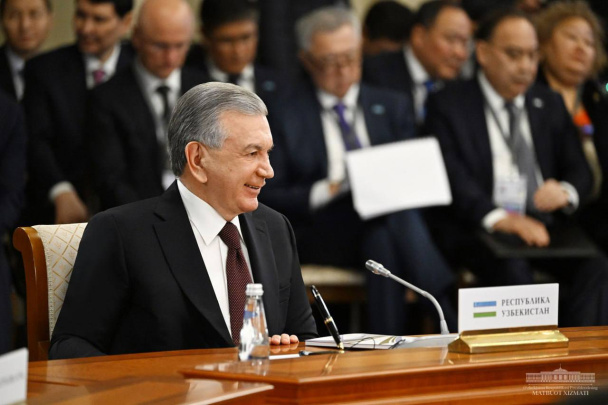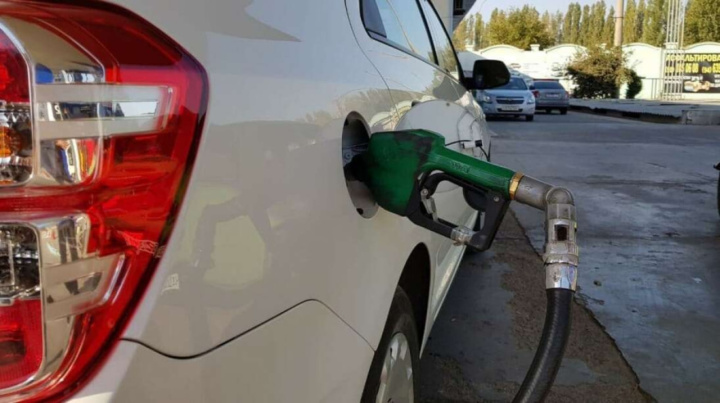Shavkat Mirziyoyev held a meeting on the development of the electrical engineering industry in Uzbekistan, as reported by the president's press secretary Sherzod Asadov.
Over the past seven years, investments in this sector have exceeded $1 billion, leading to the creation of over 700 new enterprises and the production of 45 different types of products. The production of electrical appliances has grown by 80%, and the number of companies with revenues exceeding 100 billion UZS has quadrupled.
Uzbekistan’s exports of electrical products have reached $1 billion, making it the second-largest industrial export after textiles. In the past three years, the number of countries importing Uzbek electrical products has doubled, reaching 62.
The next task for the industry is to begin producing high-tech products such as smart cards, generators, office equipment, and telecommunications devices, noted the head of state. This will allow Uzbekistan to tap into the $5 billion regional market potential.
In the face of growing protectionism, Uzbek manufacturers must improve product quality and reduce costs to remain competitive. This can be achieved by expanding value chains, the president emphasized.
Currently, a quarter of electrical exports consist of low-value-added products, such as copper wire. While 80% of electrical cables are used in construction, only four enterprises produce cables for the automotive industry.
Technoparks producing electrical appliances have been instructed to establish cooperation with related industries. In the technoparks of Akhangaran, Fergana, Karshi, and Urgench, up to 10 hectares will be allocated for the production of composite materials, metals, plastics, molding, and other necessities.
New enterprises will be provided with ready-made buildings under the “industrial mortgage” program and will also receive tax benefits. By the end of the year, copper deep processing is expected to reach 60%, and by 2025, 75%.





